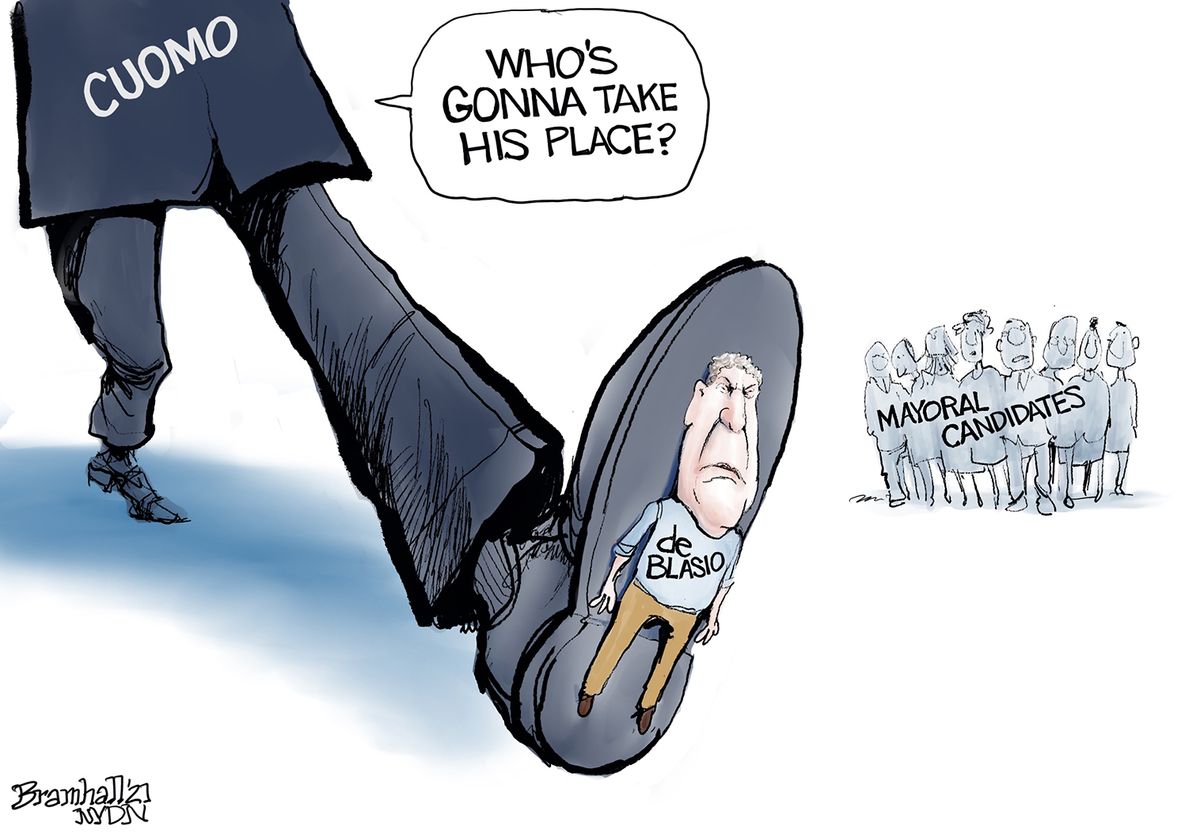If you and your family live from paycheck to paycheck, it is of little consequence to you if the Dow Jones just hit a six-month high yesterday. If you can’t pay the rent on your apartment this month, you are not very interested in hearing that Nvidia is now valued at over 4.3 trillion dollars. If you just lost your fast-food service job in California, it is no consolation that your former fellow workers are now making $20 per hour.
These are examples of individuals living in the microeconomic world of daily survival who may not be prospering in the world of global macroeconomics, where the rich are getting richer and the poor are getting poorer. They are just data points compiled into statistics that do not reflect the human cost of policies our politicians proudly boast about seeking votes when times are good or blame others when times are poor. Whatever the overall results, they were not serendipitous, but were conscious choices made by the privileged elites to distribute the world’s wealth.
‘Globalization’, for example, resulted from a conscious American policy to share its citizens’ prosperity and our nation’s growth internationally following World War II. ‘Free trade’ into the United States’ open market was the accelerant that emptied American factories of workers and replaced them abroad. Tariffs and other trade barriers were the brakes used to impede the flow of American goods into these nations. The removal of tariffs on goods entering the U.S. market generously opened these markets.
Large U.S. corporations searched the planet, seeking the lowest-cost location to manufacture their products. Financial organizations provided the funds for their new international locations, while the U.S. Navy protected the ocean lanes to bring the products here. The first billionaires were born.
‘Consumerism’ became the negative description of the U.S. market of buyers that loaded their closets and shelves, then expanded the size of their homes, to accommodate the influx of ‘cheap stuff’ American consumers did not previously know they needed.
Familiar American-made TVs, washers, dryers, and other items disappeared, and new cheap products for every conceivable purpose appeared. Foreign cars soon became more numerous than U.S. brands in the retail parking lots in prosperous American neighborhoods. Filled with Chinese goods, Walmart Stores were in less prosperous city neighborhoods and the smaller rural communities, making their low-cost products available to all.
Lower-cost products did not create prosperity for those in the Rust Belt towns and cities. In 1950, before globalization became widespread, Detroit’s population peaked at 1.8 million people, but by 2024, it had dropped to just over 600,000. The population of Gary, Indiana, a major steel-producing city, went from over 178,000 in 1960 to less than 68,000 in 2023.
If we are so damn smart, why didn’t we bring the rest of our population into our prosperity?
If we are so damn smart, why are we $37 trillion in debt and one in eight Americans living below the poverty level?
If we are so damn smart, why did we build an alien enemy that threatens world peace?
Perhaps it was because the Washington establishment was too busy holding onto its power and getting rich that it failed to take care of the People’s business!
When Donald Trump’s financial programs are completed, they will represent the first major rebalancing of the nation’s fiscal affairs and correct its deficiencies since the end of World War II!
Trump’s tariff program makes job creation in the U.S. more attractive while lowering barriers to American products with our trading partners. Trump now has substantial new trade deals with the European Union, Japan, the United Kingdom, the Philippines, South Korea, and Vietnam. These are from 10 to 20 percent, setting the standard for those that are to follow, excluding perhaps Russia and China.
According to the Bipartisan Policy Center, when all negotiations are completed, the federal government $942 billion annually from tariffs from FY2026 to FY2035. Being half of the 2024 budget deficit, a major step has been taken in achieving control of annual budget deficits, which have subsidized our nation’s fragile prosperity. Our $37 trillion federal debt becomes more manageable.
If Trump rebalancing is successful, the macro and micro worlds in America will finally become more aligned with our Constitutional mandate ‘to form a more perfect Union’.
TW3
July 31, 2025
John Whitmore Jenkins




